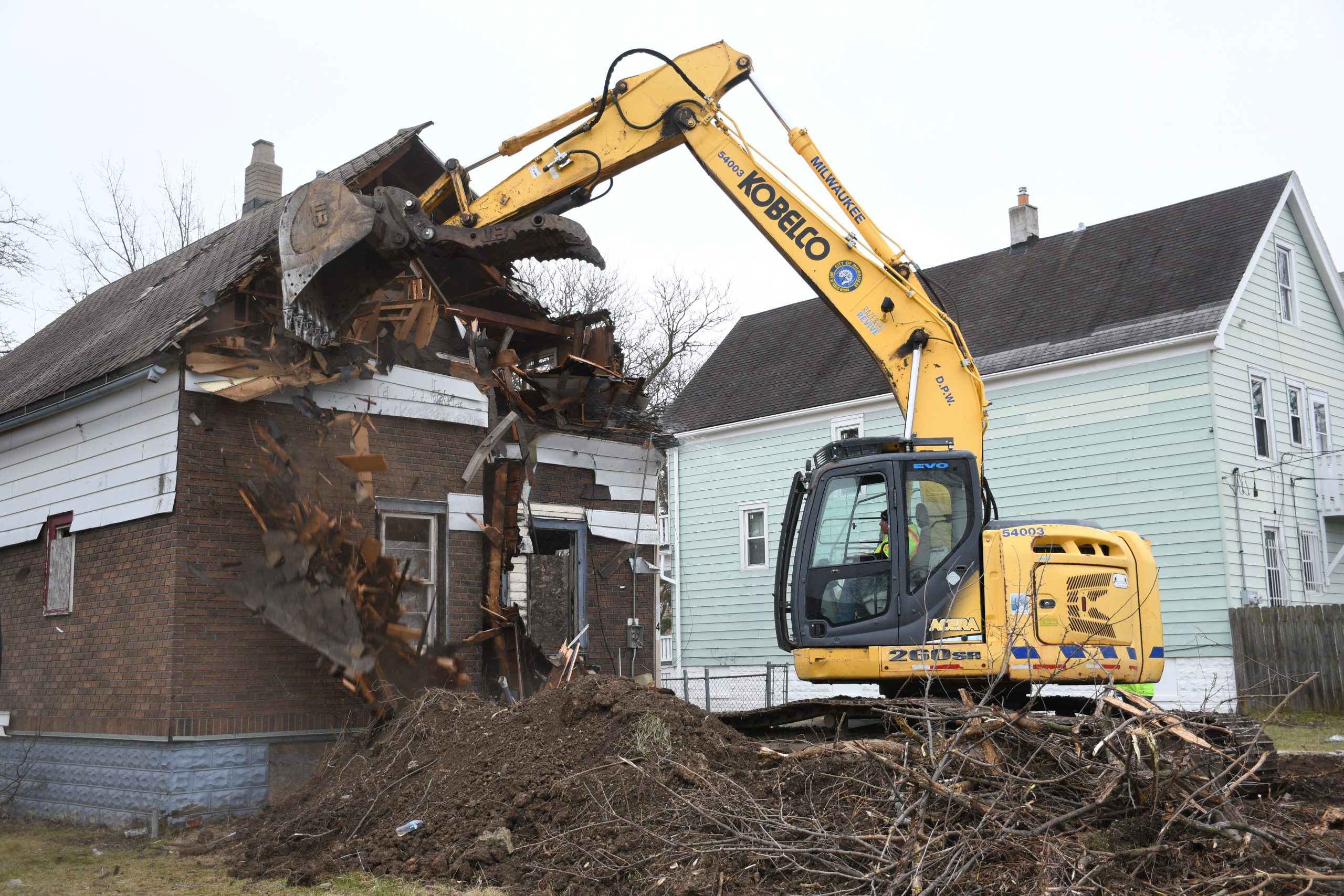When developers come knocking with fat checks and demolition crews, most homeowners pack up and move on. But not everyone plays by those rules. Around the world, determined property owners are literally standing their ground, creating some of the most bizarre and fascinating real estate standoffs you’ve ever seen.
The Modern David vs. Goliath Story
Picture this: your entire neighborhood gets bought out by developers. Bulldozers roll in, houses come down, and suddenly you’re the only one left standing. That’s exactly what happened to several homeowners who’ve become internet legends for their refusal to budge.
Take Chen Tianming in southwestern China, who watched authorities demolish his neighbors’ homes in 2018 to make way for a tourist resort. Instead of accepting defeat, Chen decided to build upward, creating what’s been called China’s strangest “nail house” – a ramshackle tower that juts into the sky like a middle finger to corporate development.
When Your Home Becomes an Island
These situations create what real estate professionals call “nail houses” – properties that stick out like a sore thumb because their owners refuse to sell. The visual impact is often striking: a single modest home surrounded by massive construction projects or brand-new developments.
In Australia, one family turned down a staggering $50 million offer from developers who built an entire suburb around their property. Their neighbors? They’re actually grateful for the holdout, saying it preserves some character in an otherwise cookie-cutter development.
The Psychology Behind the Holdout
Why do people refuse to leave home when developers offer life-changing money? The reasons run deeper than simple stubbornness:
Emotional attachment plays a huge role. These aren’t just houses – they’re family legacies, childhood memories, and pieces of personal history that can’t be replaced with cash.
Principle matters too. Many holdouts see their resistance as standing up to corporate bullying. When everyone else sells out, staying put becomes a form of protest.
Strategic thinking sometimes drives these decisions. Some homeowners correctly calculate that being the last holdout dramatically increases their property’s value to desperate developers.
The Creative Solutions
When you refuse to leave home while chaos unfolds around you, creativity becomes survival. Chen Tianming didn’t just hunker down – he built up, creating a tower that’s part home, part art installation, part protest statement.
Other creative holdouts have:
- Built spite houses designed to irritate neighbors who complained about development
- Created narrow 10-foot-wide homes that technically comply with zoning laws
- Turned their properties into tourist attractions that generate income
Legal Realities and Rights
The law generally protects property owners from forced sales, but it’s complicated. Governments can use eminent domain for public projects, though private developers typically can’t force sales.
Smart holdouts often:
- Hire experienced real estate attorneys
- Document everything about developer interactions
- Research their local zoning and property rights laws
- Build coalitions with other affected neighbors
The Unintended Consequences
When someone refuses to leave home during major development, weird things happen. Construction projects get redesigned around stubborn houses. Traffic patterns change. New developments look bizarre with random old houses plopped in the middle.
Sometimes these holdouts accidentally create local landmarks. Chen’s tower has become a tourist curiosity. The Australian family’s farmhouse is now a symbol of resistance to overdevelopment.
Modern Examples Making Headlines
Recent cases show this phenomenon isn’t going away. From Texas families discovering their homes demolished without permission to Florida developers building spite houses, these David vs. Goliath stories continue capturing public imagination.
Each case reflects broader tensions about development, community, and individual rights in our rapidly changing world.
The Bigger Picture
These holdout stories resonate because they touch something fundamental about home ownership and community. In an era of corporate consolidation and rapid development, the person who refuses to leave home represents individual agency against seemingly unstoppable forces.
Whether they’re building pyramid-like towers or simply staying put while chaos swirls around them, these modern-day holdouts remind us that sometimes the most powerful thing you can do is simply refuse to move.
Their stories prove that with enough determination – and maybe a little creativity – one person really can stand against the tide of change, creating something memorable in the process.


